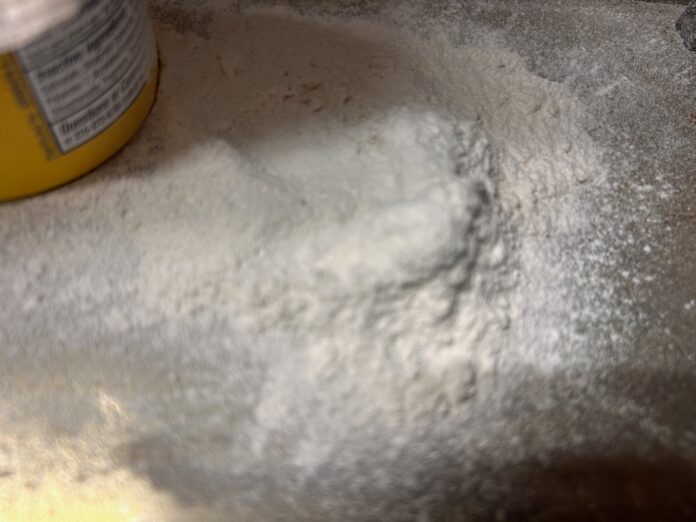Talc or talcum has been linked to ovarian cancer; in animal studies it has also been associated with a higher risk of lung cancer and for derailing the cell growth mechanisms
A Working Group of 29 scientists from 13 countries under the aegis of the International Agency for Research on Cancer (IARC) have sounded the alarm
Talc, which is a mineral that is commonly used in baby powders, may be carcinogenic, a working group under the aegis of the International Agency for Research on Cancer (IARC) has concluded.
In their findings published in The Lancet Oncology, the group had sounded the alarm on “talc,” defining it as mineral or synthetic talc, a hydrated magnesium silicate, including lamellar and fibrous (which includes asbestiform fibres) forms of talc. They found “limited evidence” that talc causes ovarian cancer in humans. They also found links to inflammation, some forms of lung cancer in animal studies and a role in altering cell proliferation, cell death, or nutrient supply all of which can lead to cancerous growth in the body.
Following the report of the group, the IARC has classified talc (with or without asbestos contamination) as a Group 2A classified carcinogen. Group 2A classification means it is the second highest level of certainty of that substance causes cancer.
“There were numerous studies that consistently showed an increase in the incidence of ovarian cancer in humans self-reporting the use of body powder in the perineal region. Although the evaluation focused on talc not containing asbestos, contamination of talc with asbestos could not be excluded in most of the studies of exposed humans. In addition, biases in how talc use was reported in the epidemiological studies could not be ruled out with reasonable confidence. As a result, a causal role for talc could not be fully established. An increased rate of ovarian cancer was also observed in studies looking at occupational exposure of women exposed to talc in the pulp and paper industry. However, confounding by co-exposure to asbestos could not be excluded, and the increased rate was based on small numbers of ovarian cancers in those occupational studies,” IARC said.


